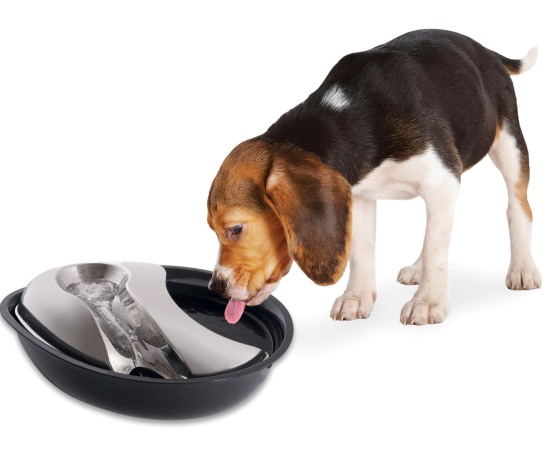 Dogs like human beings are also susceptible to allergies that can be very painful and uncomfortable for your pet.
Dogs like human beings are also susceptible to allergies that can be very painful and uncomfortable for your pet.
However, their allergies do not manifest themselves through nasal symptoms.
Canine allergies are noticed by the poor quality of the dog’s coat, constant itching and chewing. Allergies can make your dog’s life very miserable and can also result in chronic ear infections.
It is recommended to treat your dog of allergies the minute you spot a symptom of any allergy and treating your pet of those allergies is not very hard although it requires a lot of patience from the pet’s owner.
Most of the time it is just a matter of observing and removing whatever it is your dog reacts to or in more serious (and rare) cases you can take your pet to the vet and get a prescription.
One of the most common types of canine allergies is inhalant reactions. This type of allergy is the same as in human beings in that the cause of allergy reaction can be due to pollen, dust mites or molds.
The key to putting a finger on the cause of the dog’s allergic reactions is to look at the timing of the reactions.
If they are seasonal, chances are it’s pollen but if it is all year round then you have to identify the problem through the process of elimination. Symptoms of this type of allergy may include constant chewing at feet, licking, scratching and biting.
After identifying the cause of the dogs allergic reaction the best form of treatment is avoidance of the substance. However, there are some medicated shampoos you can use and allergy shots that can be administered to the dog.
Another type of canine allergies is flea allergy. This is most common in dogs that are not usually exposed to fleas which mean that it does not have to be necessarily a lot of fleas that cause a reaction but even the presence of one bite from a flea can cause havoc to your dog.
The symptoms include severe itching and scratching. The only way to treat it is to maintain a strict program of keeping fleas away from your dog.
Food sensitivity is also a form of canine allergies. Again the best way to identify which food ingredient your dog is allergic to is through the elimination process.
The best way to go about it is to start your dog on a new homemade diet that does not include any of the food stuffs it used to eat before. You then add more ingredients bit by bit until you identify the problem. Symptoms include itchy skin, anal itching, diarrhea and ear inflammation.













